The world of pole vaulting has undergone a revolution since the introduction of fiberglass poles in the mid-20th century. Unlike the rigid bamboo or metal poles of the past, fiberglass composites bend dramatically under the vaulter's weight, storing and releasing energy like a coiled spring. This remarkable transformation in equipment has pushed human performance to staggering new heights—literally. But what happens at the molecular level when a vaulter plants that pole and sends it into deep flexion? The physics behind this engineered elasticity reveals why fiberglass became the gold standard, and how its carefully calibrated deformation makes record-breaking jumps possible.
When a vaulter sprints down the runway and jams the pole into the planting box, the fiberglass shaft doesn't simply buckle. The pole's composite structure—typically layers of glass fibers suspended in epoxy resin—begins a complex kinetic dance. As the vaulter's momentum drives the pole toward vertical, these embedded fibers stretch along the convex side of the bend while compressing on the concave side. Crucially, the resin matrix transfers stress evenly between fibers, preventing localized cracks that could cause catastrophic failure. This distributed load-bearing allows the pole to temporarily absorb enormous kinetic energy, some of which would otherwise be lost as heat in less elastic materials.
The pole's curvature reaches its apex during the vaulter's swing phase, often bending into a dramatic "C" shape with strain forces exceeding 1,000 pounds per square inch. Here, fiberglass demonstrates its genius: unlike metals that permanently deform under such stress, the thermoset polymer matrix snaps back toward its original shape with minimal energy loss. This elastic rebound converts stored potential energy into upward thrust, propelling the athlete over the bar. Modern poles achieve approximately 85-90% energy return efficiency—a figure that took decades of materials science to perfect. The remaining energy dissipates as subtle vibrations, visible as high-frequency oscillations in slow-motion footage.
Pole designers manipulate this deformation behavior through precise layup techniques. By varying fiber orientation—typically between 0 and 45 degrees relative to the pole's axis—engineers create zones with different flex characteristics. The lower third of the pole features tighter fiber windings to resist buckling during plant, while the midsection uses more angular weaves to promote smooth curvature. This graduated stiffness explains why elite vaulters use poles rated for specific weight ranges; too stiff a pole won't bend sufficiently, while an overly flexible one may bottom out prematurely. The best vaulters develop an almost symbiotic relationship with their poles' deformation patterns, timing their body movements to exploit every joule of stored energy.
Temperature dramatically affects fiberglass poles' performance—a quirk that has influenced competition strategies. In cooler conditions (below 60°F/15°C), the resin matrix stiffens, reducing the pole's willingness to bend. Vaulters often switch to softer-rated poles on chilly days to compensate. Conversely, excessive heat can make poles too pliable, sometimes causing dangerous over-flexing. The 2007 World Championships in Osaka saw multiple vaulters abort jumps when 100°F (38°C) temperatures made their poles behave unpredictably. Modern competition poles now incorporate UV-resistant coatings and thermal-stabilizing additives, but temperature sensitivity remains an inescapable aspect of fiberglass physics.
Microscopic analysis reveals why fiberglass outperforms carbon fiber in this application. While carbon composites offer superior stiffness-to-weight ratios, their brittle fracture mode makes them prone to sudden failure when overstressed. Fiberglass, by contrast, exhibits progressive damage—individual fibers may break under extreme loads, but the remaining structure continues functioning. High-speed cameras show fiberglass poles developing temporary "whitening" zones during maximum flexion as micro-fractures form in the resin, yet the pole retains integrity. This fail-safe behavior is critical when human safety hangs in the balance, quite literally, six meters above the landing pad.
The future of pole deformation may lie in hybrid designs. Some manufacturers now embed shape-memory alloys within fiberglass matrices, creating poles that can actively adjust stiffness mid-vault. Early prototypes use temperature-sensitive nickel-titanium wires that contract when electrically stimulated, potentially allowing vaulters to fine-tune a pole's rebound characteristics during competition. While current World Athletics regulations prohibit electronically enhanced poles, these experiments highlight how deeply the sport's evolution remains tied to materials science. As engineers continue probing the limits of elastic deformation, the 6-meter barrier—once considered impossible—may soon fall to poles that bend in ways we can't yet imagine.

By Elizabeth Taylor/May 9, 2025

By David Anderson/May 9, 2025

By Amanda Phillips/May 9, 2025

By Victoria Gonzalez/May 9, 2025
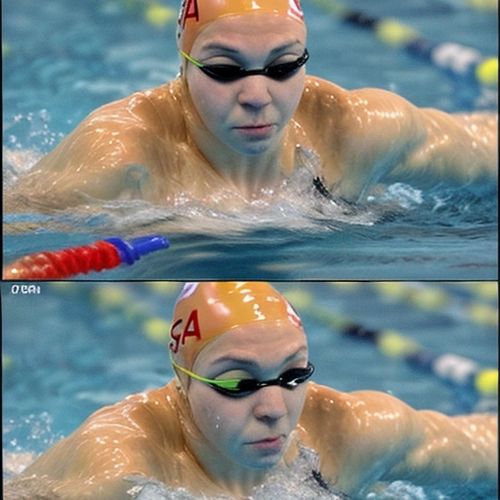
By Rebecca Stewart/May 9, 2025

By Michael Brown/May 9, 2025

By William Miller/May 9, 2025
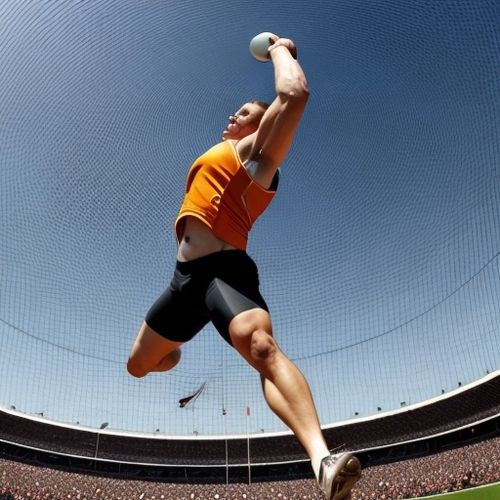
By James Moore/May 9, 2025

By Christopher Harris/May 9, 2025

By George Bailey/May 9, 2025

By John Smith/May 9, 2025

By John Smith/May 9, 2025

By Samuel Cooper/May 9, 2025

By Christopher Harris/May 9, 2025
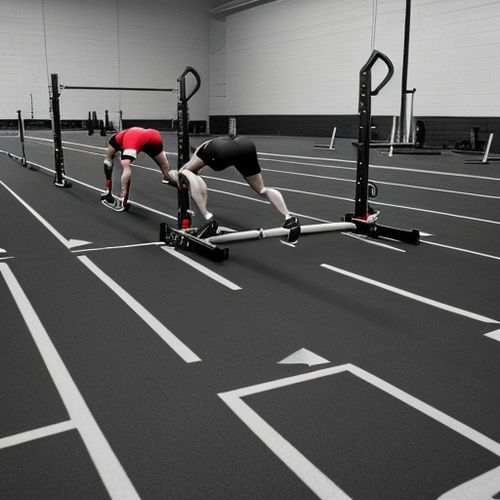
By Megan Clark/May 9, 2025
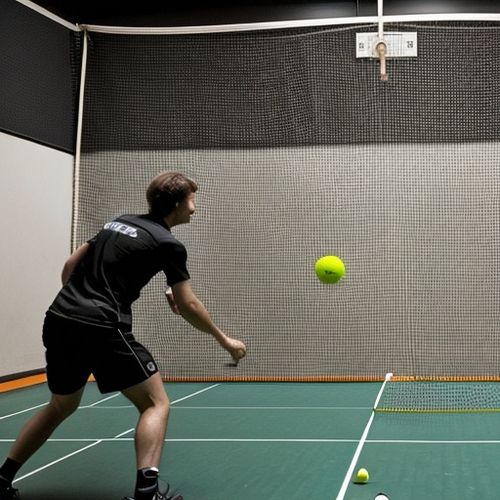
By Victoria Gonzalez/May 9, 2025

By William Miller/May 9, 2025
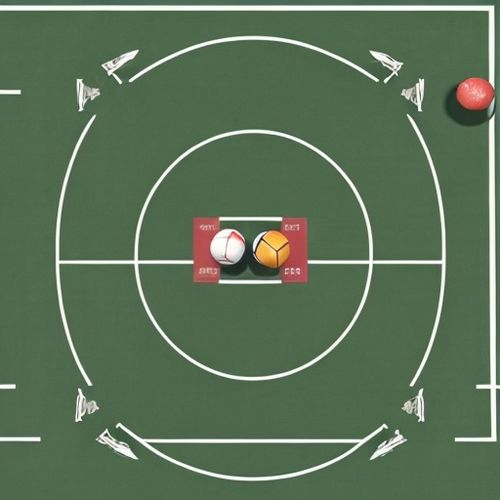
By Natalie Campbell/May 9, 2025

By Megan Clark/May 9, 2025
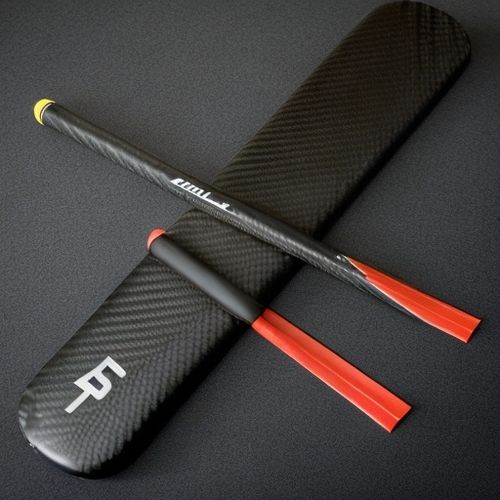
By Michael Brown/May 9, 2025